Back to Blog
Burning NFTs: Everything You Should Know Before Committing

Eric Esposito
Mar 30th, 2023
.5 min read
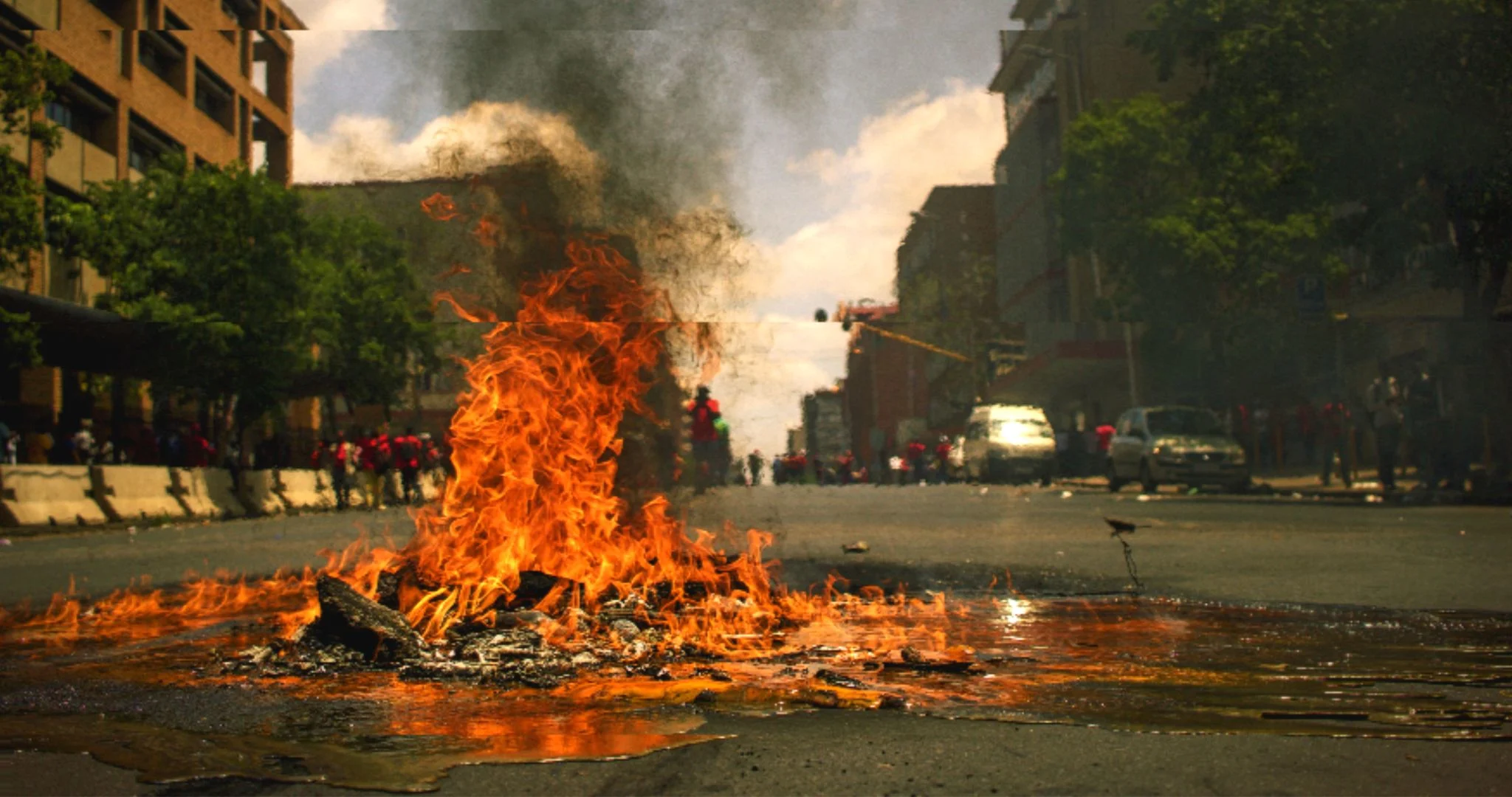
An NFT trader recently made one of the biggest slip-ups in recent NFT history.
After buying CryptoPunk #685 for more than $130K, Brandon Riley mistakenly destroyed this OG PFP NFT. Riley thought he was wrapping his Punk to get a loan, but he was actually sending it to a “burn address.”
The news surrounding CryptoPunk #685 “reignited” questions about how NFT burning works and why it exists. Although NFT burning is sometimes accidental (as was indeed the case here), there are times when NFT collectors and creators deliberately burn their tokens. Surprisingly, NFT burning is more common than many think, and the people who do it can have good reasons.

NFT Burning 101: What does NFT burning mean?
In cryptocurrency, “burning” means sending a digital coin or token to an inaccessible crypto wallet. Since nobody has access to a burn wallet address, any crypto that winds up there is effectively “burned” from the circulating supply. The only difference between burning NFTs versus other cryptocurrencies like Bitcoin (BTC) is that the former involves sending unique NFT collectibles to a burn address. Since each NFT has a distinct blockchain address, burning these tokens is often far more significant because the underlying assets are irreplicable.
Why do people burn NFTs?
Since burning NFTs is akin to lighting crypto on fire, it may seem hard to grasp why anyone would intentionally send these tokens to a burn address. Who would ever want to throw away precious digital artworks, in-game items, or domain names?
Although burning NFTs is sometimes an accident, there are a few reasons why people send NFTs to burn addresses. For instance, NFT creators may purchase and burn a set amount of virtual artworks to add scarcity to their collections. For example, the team behind the DeGods project bought and burned 535 of their original 10K NFT collection. By removing 535 NFTs from circulation, the available spots in DeGods’ Web3 community became more scarce, thus increasing the value of each remaining token.
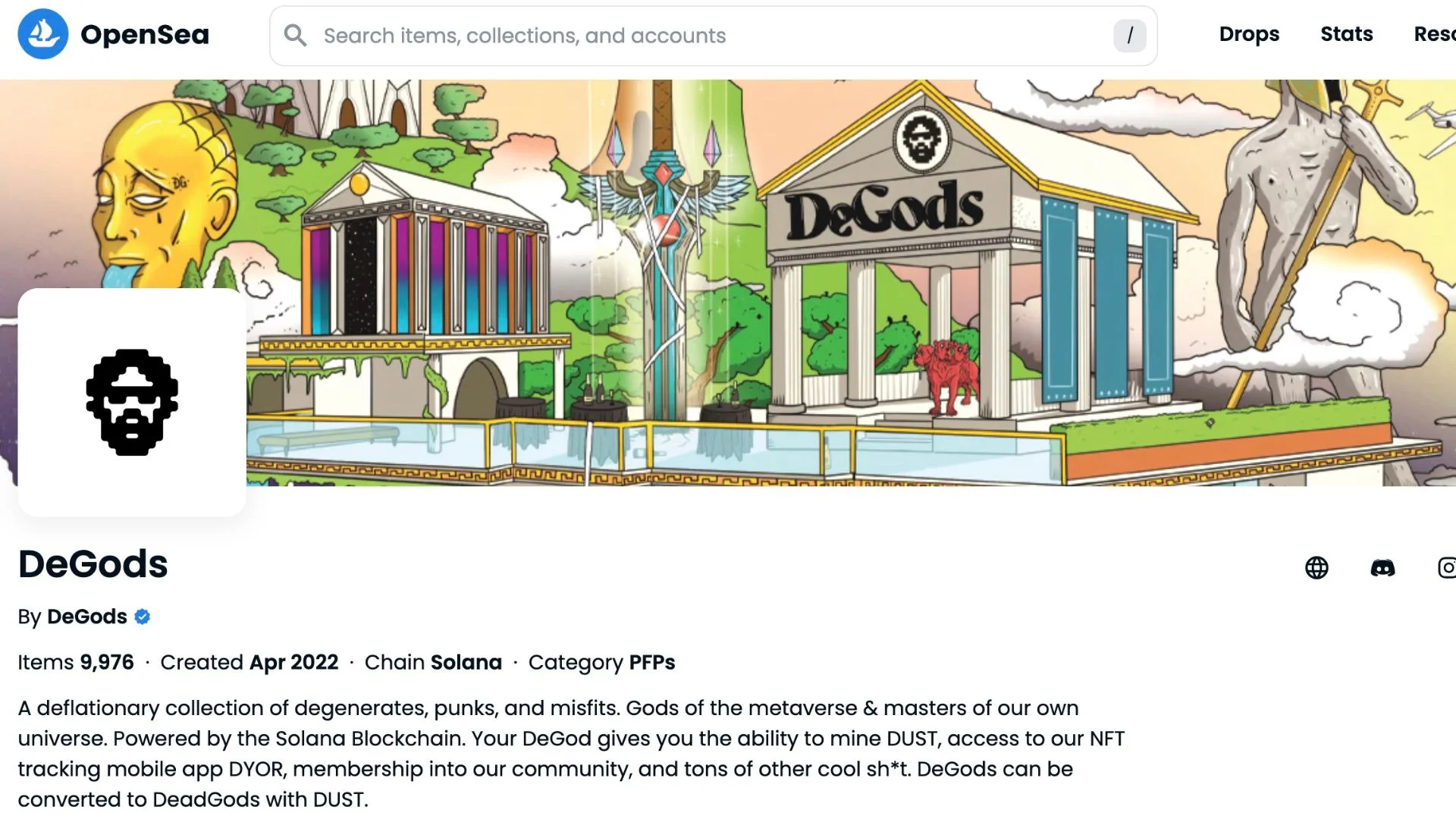
Some Web3 artists are experimenting with built-in burning features to give their NFTs more utility. For example, artist Jack Butcher introduced a burning mechanic into his Checks VV NFTs. The more Checks VV NFTs a person has, the more times they can burn them to create rarer NFTs. Yet again, the burning process helps add incentives and scarcity to NFT collections.
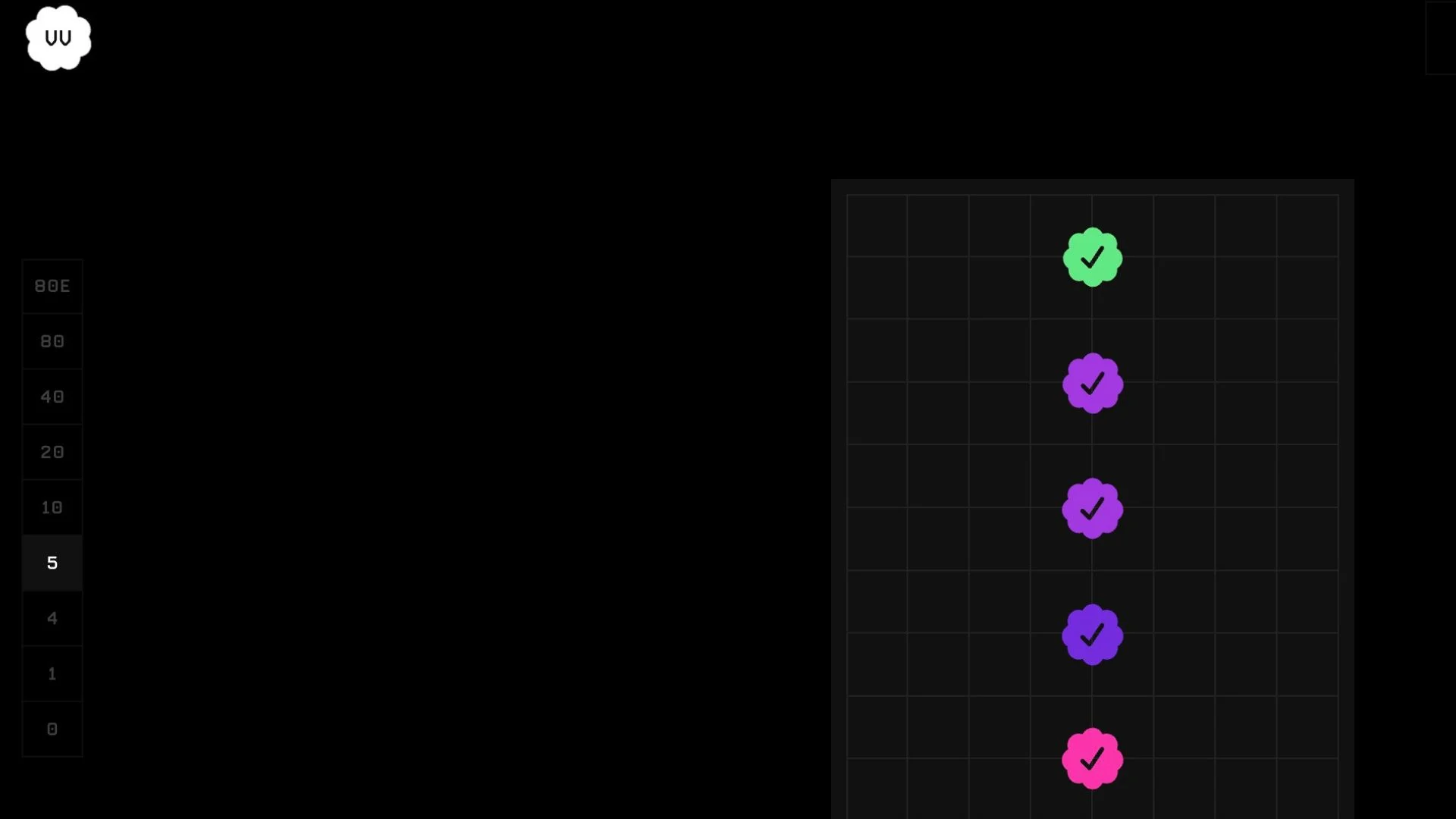
“NFT burn events” might also be publicity stunts to draw attention to Web3 projects. For instance, in June of 2022, the We Are All Going to Die collection made headlines when it sent the rare Mutant Ape #20438 to a burn address. As expected, news of this high-profile NFT burn brought more eyes to We Are All Going to Die’s NFTs.
Lastly, some collectors burn NFTs to get rid of “crypto clutter” in their wallets. Active NFT collectors often receive random and worthless NFT airdrops in their wallets from addresses they don’t recognize. Since the NFT space is rife with scams, it makes sense for people to err on the side of caution and remove these spammy NFTs. While not all airdrops are malicious, it makes sense to remove suspicious NFTs from unknown sources.
Outside of NFTs, many fungible cryptocurrencies use burning to manage their daily coin or token issuance. As of 2021, Ethereum introduced an EIP-1559 upgrade to burn a portion of every gas fee on its blockchain. Thanks to EIP-1559 and “The Merge” update in 2022, the burn rate on Ethereum sometimes exceeds its daily issuance, thus potentially making ETH a “deflationary” asset. The Binance Smart Chain’s BNB Coin has a similar burning mechanism to manage its supply.
Burning NFTs vs. deleting NFTs — Are they the same thing?
Technically, there’s no way to completely delete the metadata in an NFT. Even if you send crypto or NFTs to a burn address, you can still look up their contract information on blockchain explorers like Etherscan. However, since nobody knows the private keys to burn wallets, they are gone from the crypto market.
Think of burning NFTs like sending them to a digital vault to which nobody knows the password. Although everyone can see where these NFTs are, it’s impossible to re-introduce them into circulation.
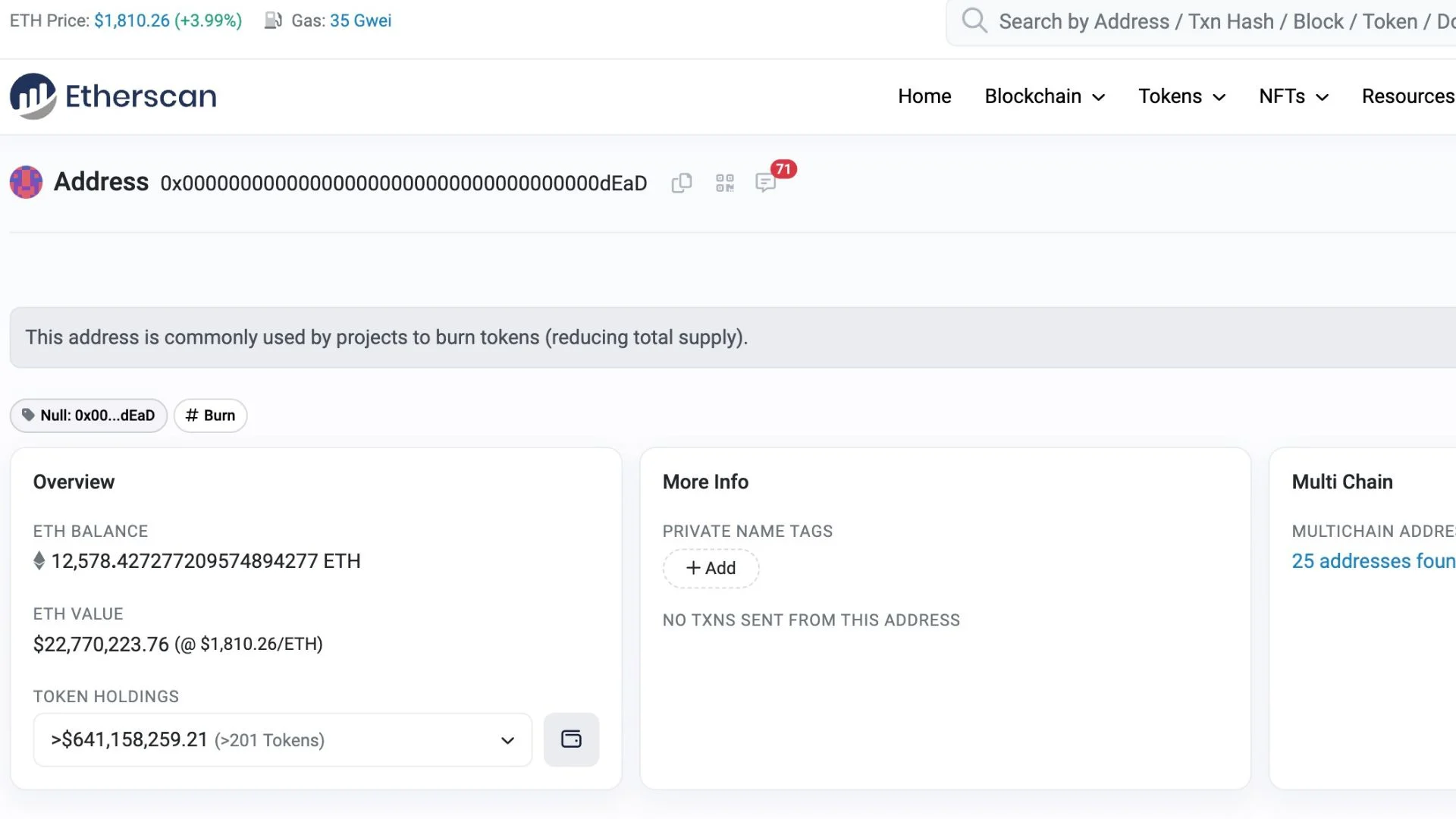
Does burning NFTs make collections more expensive?
Burning NFTs decreases a collection’s supply, but that doesn’t always translate to a rise in price. Although lower supply tends to increase the value of an asset, there needs to be enough demand to drive up value. Even if an NFT collection burns 95% of its collection, it won’t affect the price of its NFTs if there’s no demand. So, while burning NFTs can increase the value of popular NFT collections, there’s no guarantee the extra scarcity will affect its market value.
Is burning NFTs free?
Since you need to send NFTs to a burn address, you must pay standard gas fees before confirming a transfer. Every blockchain has different average transaction costs which tend to fluctuate depending on network demand. You can find the latest gas fees for major blockchains like Ethereum on coin price aggregator websites like CoinMarketCap.
How do you know you’re burning an NFT?
Burn addresses on Ethereum typically have long strings of 0000s and the phrase “null” or “dead” by their name. You’ll also see descriptions on blockchain explorers like Etherscan letting you know this is a burn address.
Never send tokens to a blockchain address you’re not 100 percent sure about. Since crypto transactions are irreversible, you must be certain of your actions before confirming an NFT transfer.
How do you burn an NFT?
If you want to burn an NFT, send it to a verified burn address on whatever blockchain you’re using. For example, here’s a well-known burn address on Ethereum:
0x000000000000000000000000000000000000dEaD
You can find more info on this address on Etherscan. If you send your Ethereum NFT to the above address, it’s gone from circulation.
For those using the Solana ecosystem, the easiest way to burn an NFT is to download the self-custodial Phantom wallet. As of 2022, Phantom introduced an in-app burn feature to eliminate NFTs you no longer want in your account. To access this feature, click the three dots on the top right of an NFT you don’t want and select “Burn Token.”
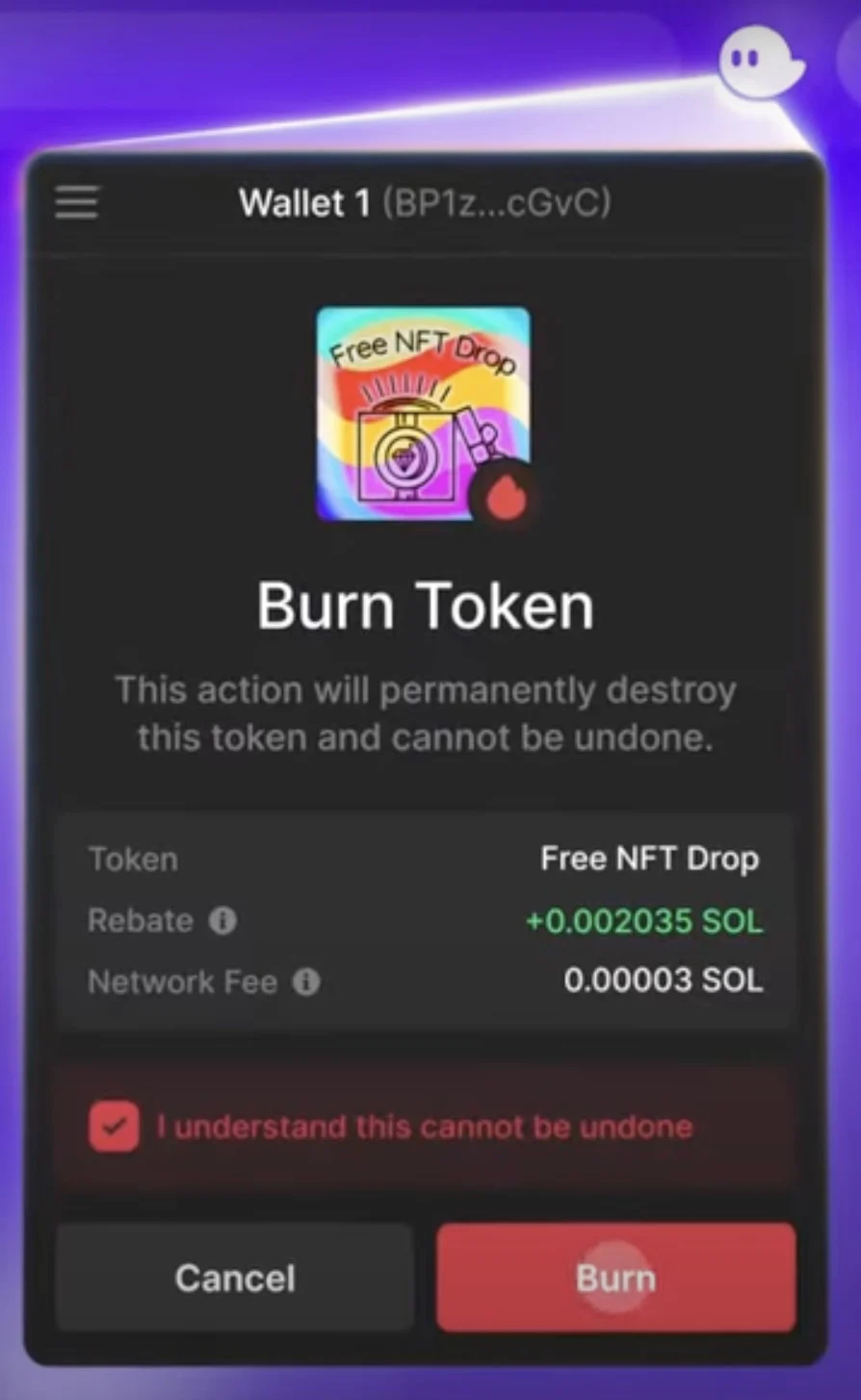
As a perk, Phantom rewards people who burn spam NFTs with a tiny amount of SOL.
Don’t “get burned” on your valuable NFTs
NFT burning adds scarcity and digital collections, but please remember there’s no going back once you transfer an NFT to a burn address. Collectors and creators must be extremely cautious when sending their favorite digital collectibles between exchanges, wallets, or dApps. If you don’t know how to safely transfer cryptocurrencies in Web3, review fundamental concepts like public keys and self-custodial wallets before making significant transactions. In fact, it’s best to test your first few crypto transfers with a small amount of cryptocurrency to ensure you’re on the right track. When sending NFTs and crypto, it always pays to be extra cautious.
Related Posts

NFT Staking Explained: A Guide to the Pros, Cons, and Precautions
NFT staking promises to reward NFT collectors with constant crypto rewards....

Eric Esposito
Mar 28th, 2023
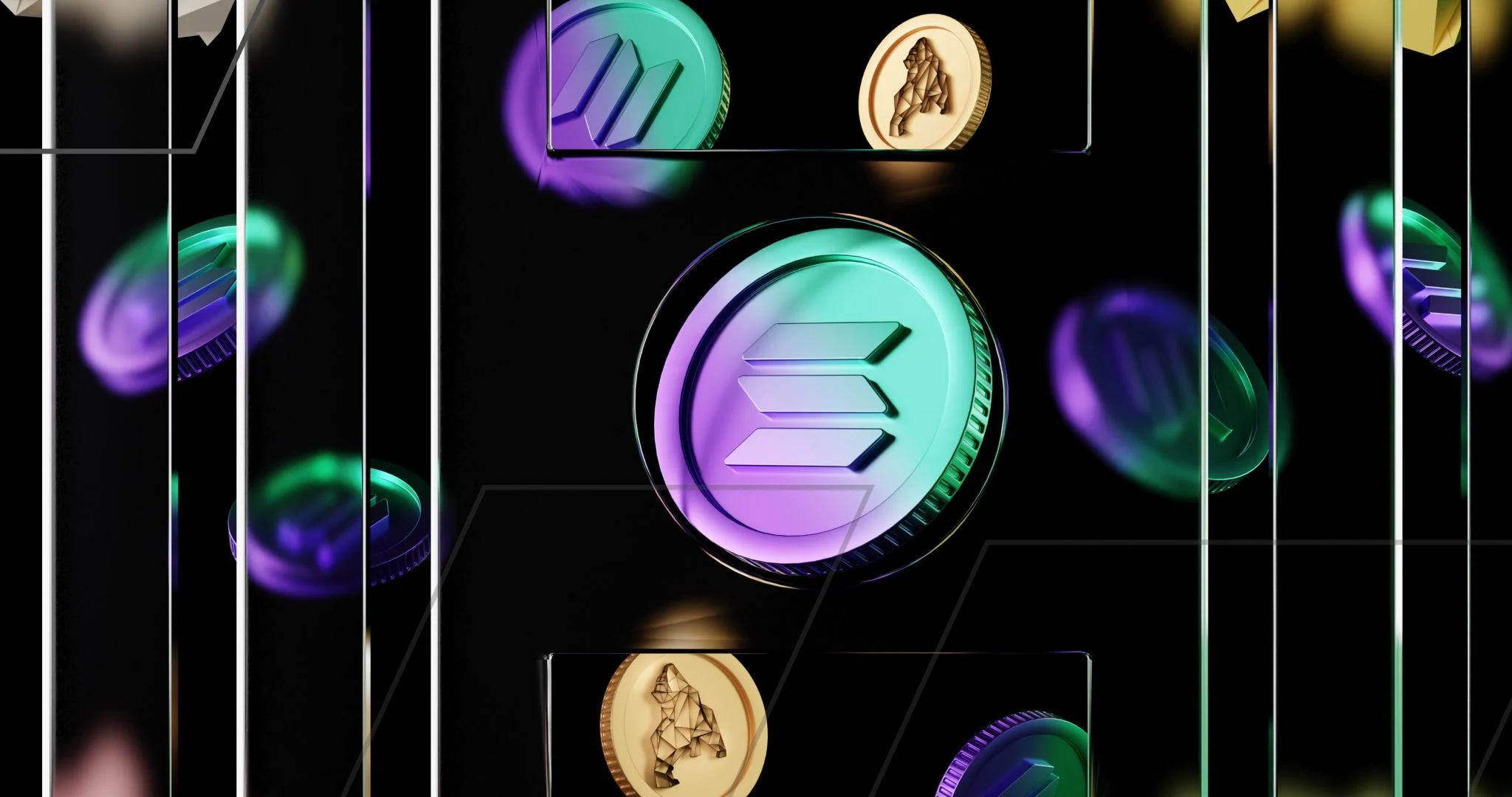
The Solana Blockchain: Trade NFTs at Speeds That Rival Mastercard
The Solana blockchain hosts some of Web3's most high-volume NFT markets. He...

Eric Esposito
Mar 23rd, 2023
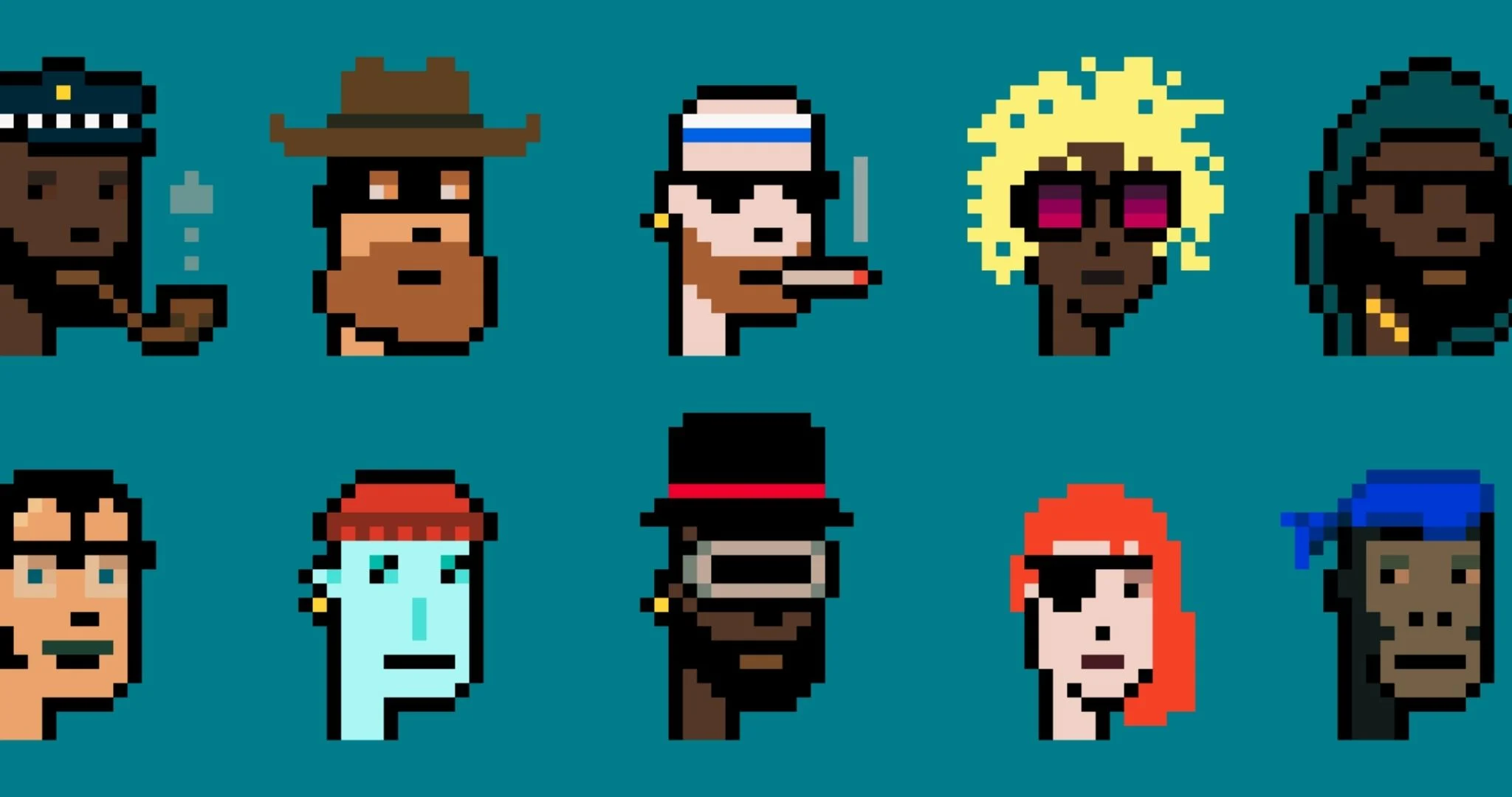
Your CryptoPunks NFTs Guide: How to Buy, Their Pricing, and More
The CryptoPunks NFTs are Web3 royalty. Find out why this NFT collection is ...

Eric Esposito
Mar 27th, 2023